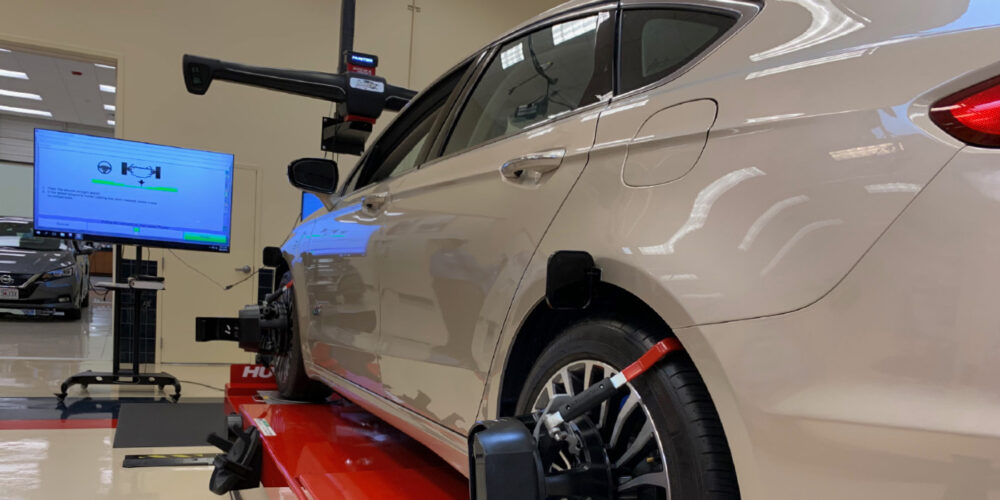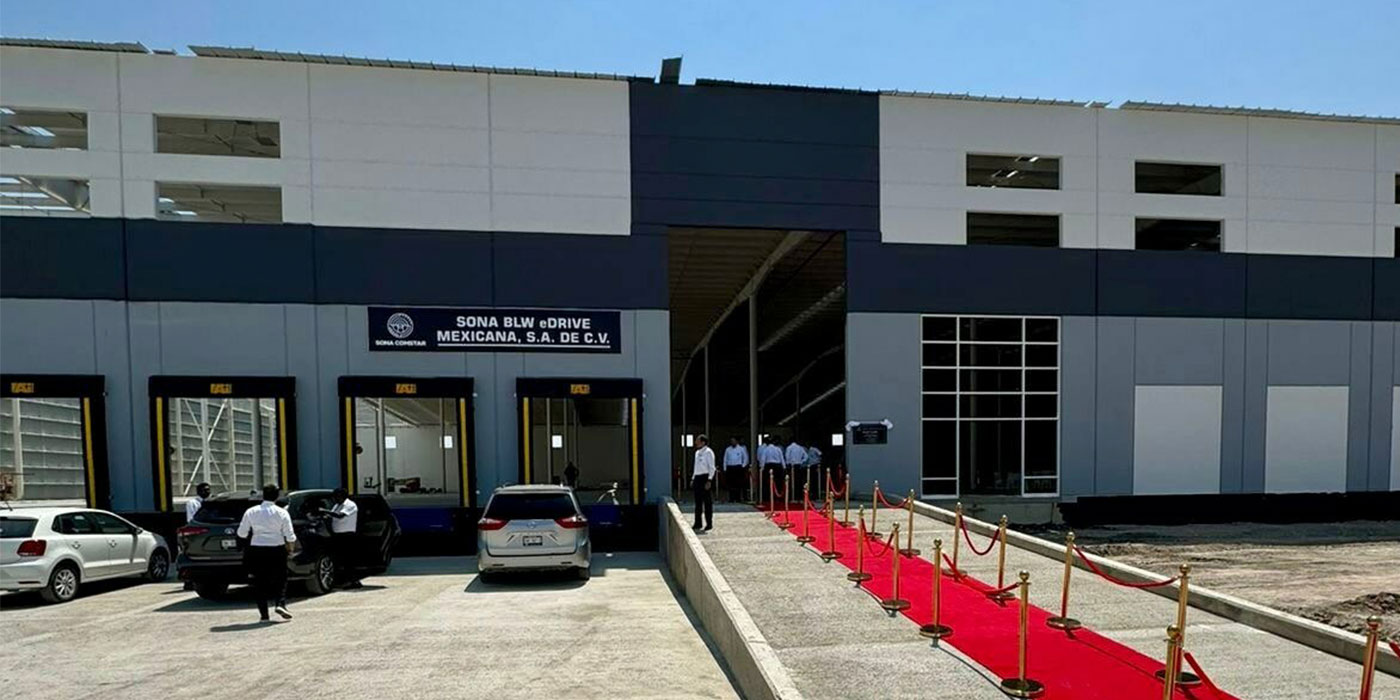Vehicle:
1996-1999 Sunfire 2.2L or 2.4L.
Problem 1 of 3:
The Instrument Panel Cluster may have failed to recognize the Ignition Lock Cylinder.
Test & Fix
Your scan tool should indicate that a DTC P1629 is stored. The flow chart for P1629 will direct a scan tool to be used to access Instrument Panel Cluster (IPC) codes. This is the best way to perform diagnostics on this problem. However, if you’re using a scan tool that isn’t capable of retrieving IPC codes or viewing data, try the following procedure.
Disconnect the wires from the Ignition Lock Cylinder. Turn the ignition key to the key on engine off (KOEO) position. Using a voltmeter, check voltage on the white wire to ground; it should read 12 volts. Then check the voltage on the yellow wire to ground; This should read 5 volts. Also, check the black wire being sure there is a good ground on this wire. The wires come from the IPC. If there is a loss of ground on the black wire or if voltage is missing on the white or yellow wires, check the power and ground for the IPC and connections at the IPC. If the powers and grounds and the connections and wiring between the IPC and ignition lock cylinder are OK, the IPC will need to be sent out for repair. If the voltages are correct, then continue testing by proceeding to step 2.
Problem 2 of 3:
The Ignition Lock Cylinder failed to change the voltage on the yellow wire.
Test & Fix
With the Ignition Lock Cylinder electrically reconnected, back-probe the yellow wire with the positive lead of the voltmeter and connect the negative lead to a known-good ground. Insert the ignition key in the lock cylinder and rotate the key to the start position, then release the key allowing it to return to the KOEO position.
During the time the key was rotated to the start position then released to the KOEO position, the voltage on the yellow wire should change from 5 volts to a lower value. Because there are 10 different voltage values, we are unable to give a specific voltage value. However, what the voltmeter should indicate is a lower change in the voltage value. If this change in voltage did not take place, the Ignition Lock Cylinder will need to be replaced and the Instrument Panel Cluster will need to be relearned afterwards. For the theft system relearn procedure, go to step 3.
Problem 3 of 3:
A component related to the theft system has been replaced and the password needs to be learned.
Test & Fix
Should the password be lost from the theft system because the battery was disconnected or a theft system-related component was replaced, the following procedure will need to be followed.
Attempt to start the vehicle, then without shutting the key off, leave the ignition key in the on position for 11 minutes. While the key is on, the theft system tell-tale will flash. When the theft system tell-tale stops flashing and is on solid, the engine should start.
Courtesy of Identifix’s Direct-Hit.
For additional information, visit www.identifix.com.











